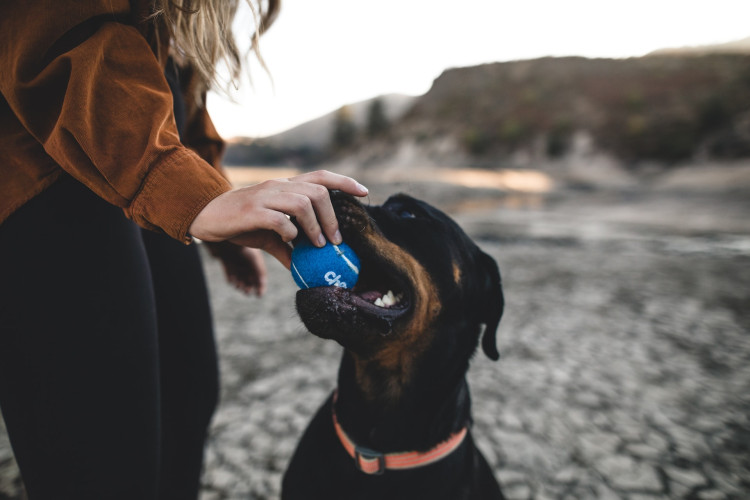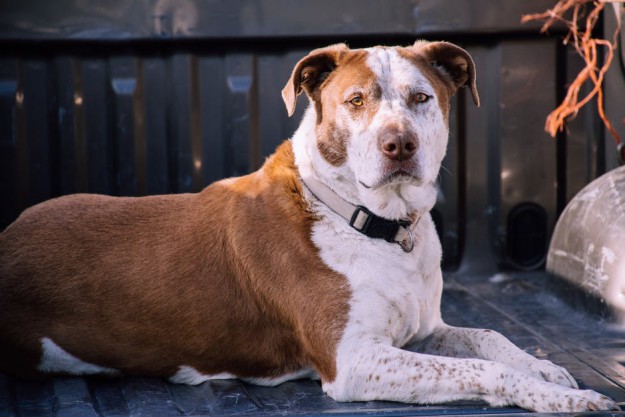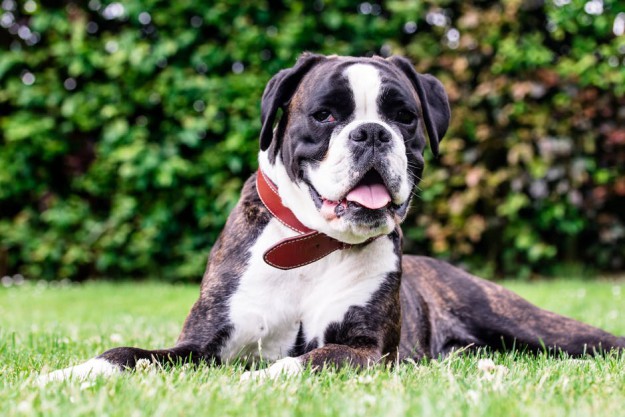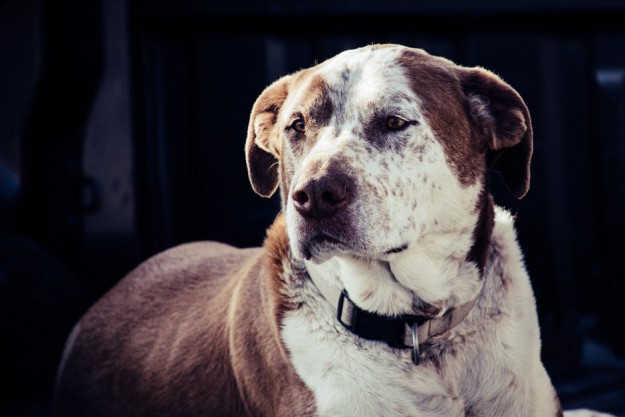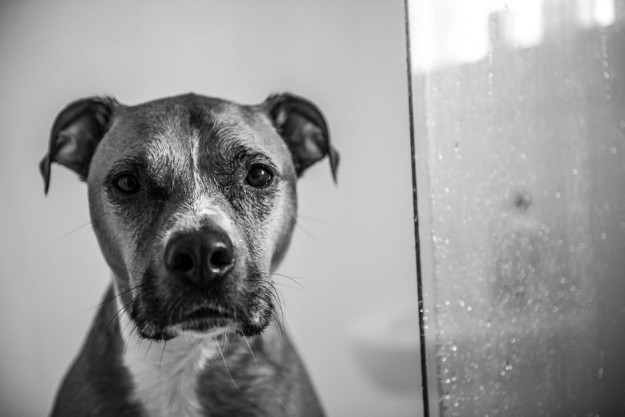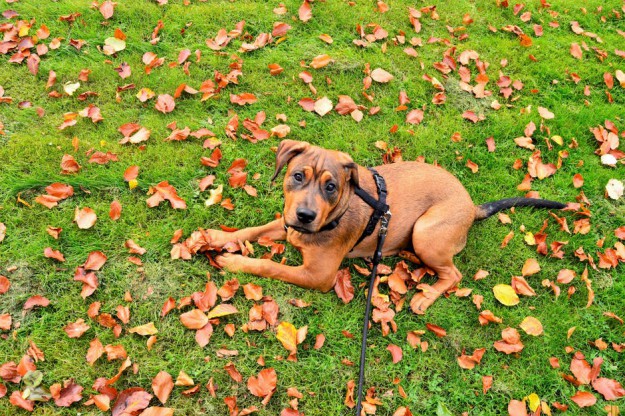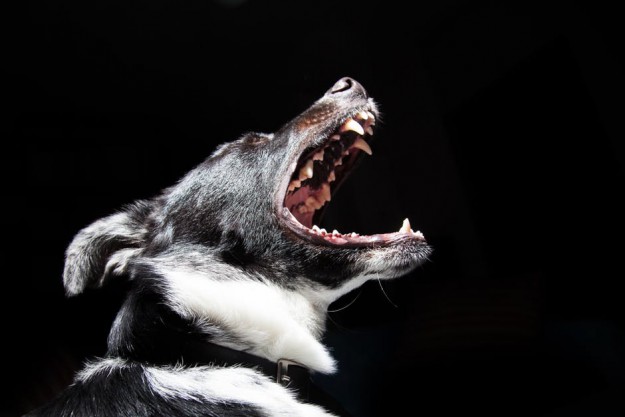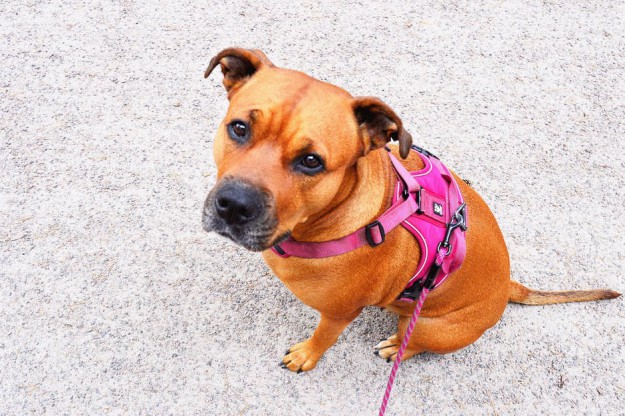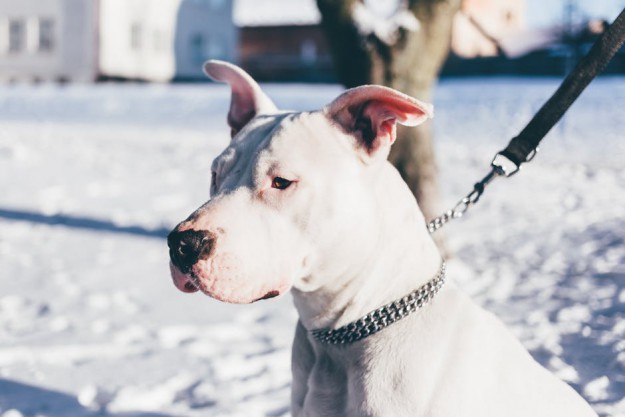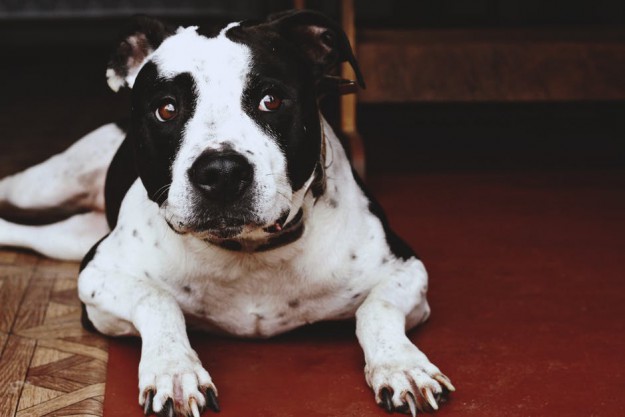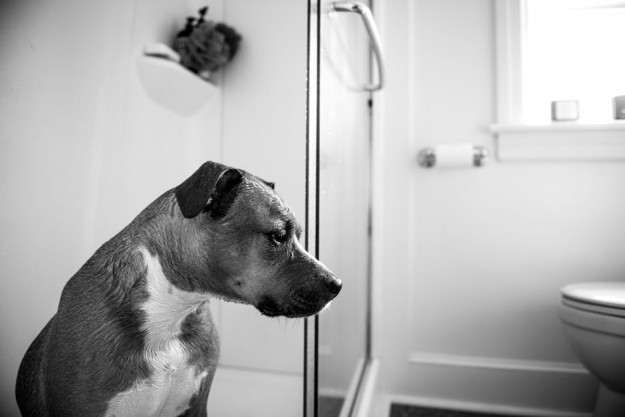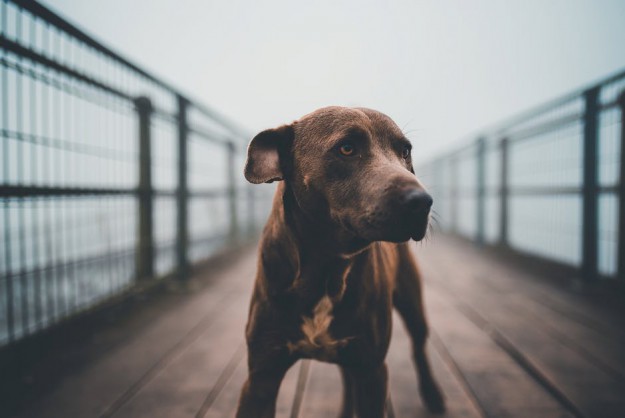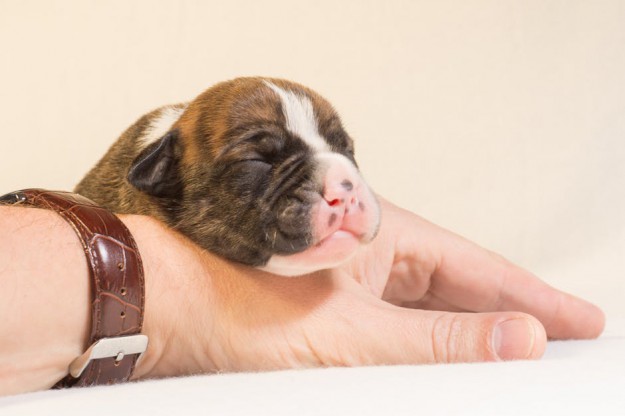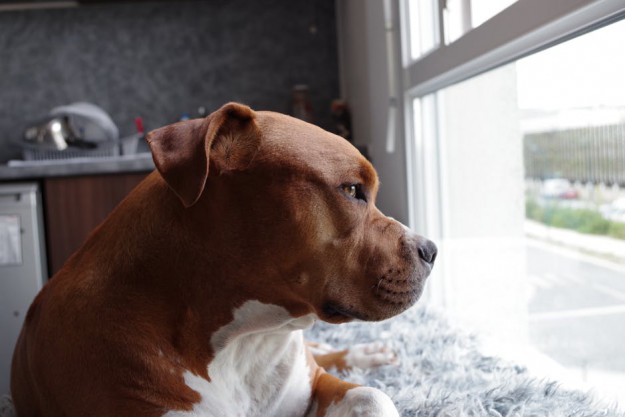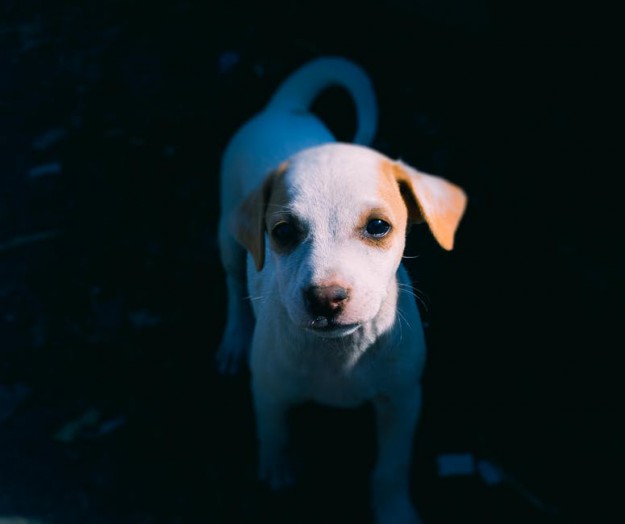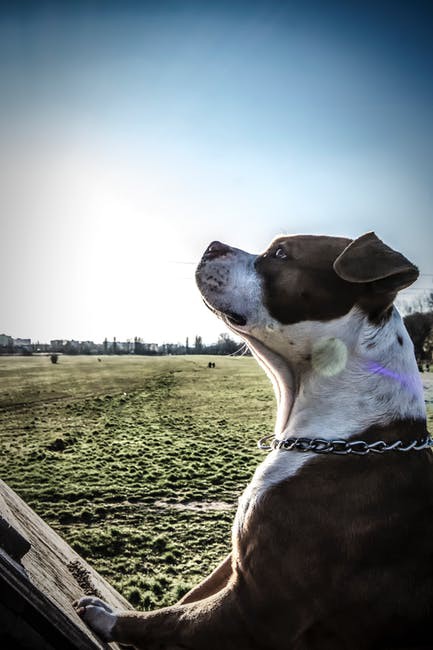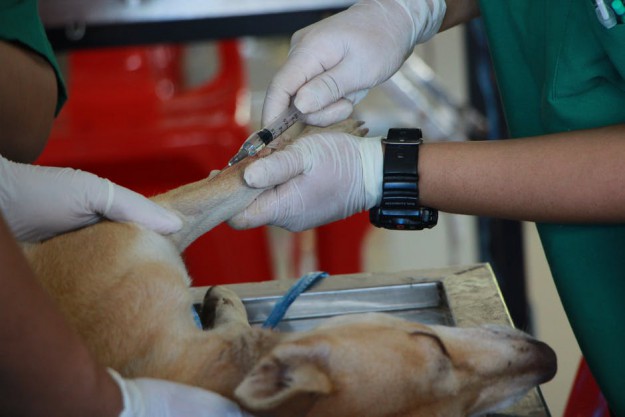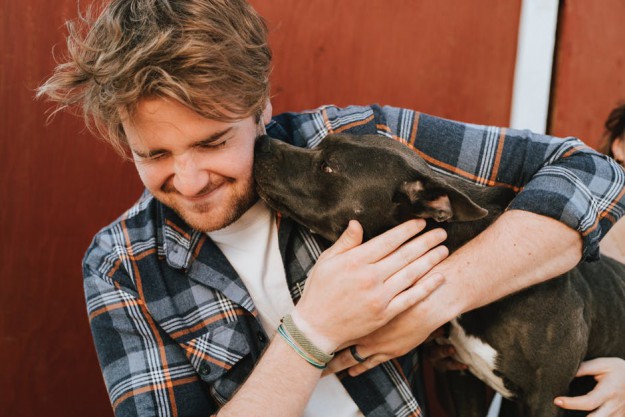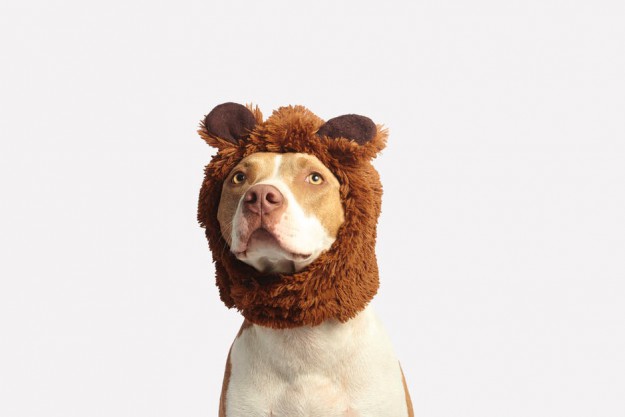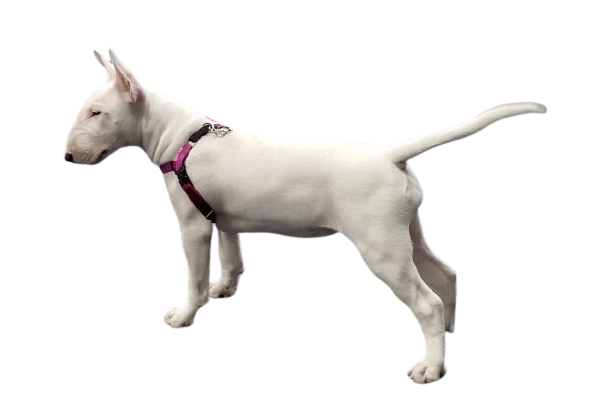
Bull Terrier
USD $1200-$1500 Price Avg.
Hunting Dogs
Group
Purebred
Breed Type
Medium
Size
10-12 years
Lifespan
Breed Information
| Group | Hunting Dogs |
|---|---|
| Popularity/Rank | 60 |
| Origin | England |
| Other Names | Bully, English Bull Terrier, Gladiator |
| Breed Type | Purebred |
| Price (Avg.) |
USD $1200-$1500
How much does it cost to purchase a Bull Terrier? The price of a Bull Terrier will vary from breeder to breeder as well as from place to place. As a rough guide, you should expect to pay between $1200 to $1500 per Bull Terrier if you purchase from a reputable breeder. Prices will be higher for show-quality dogs with a distinguished pedigree. Adult dogs who have already been trained may cost even more. It is usually less expensive to adopt a Bull Terrier through a shelter. |
| Size | Medium |
| Weight |
Male: 55-80 pounds (25-36 kg),
Female: 45-70 pounds (20-32 kg) |
| Height |
Male: 22-24 inches (56-60 cm),
Female: 20-22 inches (51-56 cm) |
| Lifespan | 10-12 years |
| Recognized by |
AKC, FCI
The American Kennel Club in 1885 as a Terrier breed. And FCI in the Terriers group, in the Bull type Terriers section. |
| Purpose | Guarding, Ratting, Herding |
| Date of Origin | 1800s |
| Ancestry | Bulldog, Old English Terrier |
Appearance & Maintenance
| Coat | Dense, Smooth |
|---|---|
| Coat Colors | Black, Brindle, Brown, Tricolor, White |
| Grooming Level | |
| Shedding Level | |
| Eye Color Possibilities | Brown |
| Nose Color Possibilities | Black |
| Coat Color Possibilities | Brindle, Fawn, Pied, Red, White |
| Coat Length | Small |
| Coat Density | Normal |
| Coat Texture | Straight |
| Recommended Brushes | Comb, Nail Clipper, Pin Brush |
| Brushing Frequency | Weekly |
Breed Characteristics
| Temperament | Active, Defensive, Keen, Productive, Protective, Sweet, Tempered, Trainable |
|---|---|
| Intelligent | |
| Trainability | |
| Playfulness | |
| Sensitivity Level | |
| Affection Level | |
| Social Interaction Required | |
| Barking | |
| Watchdog Ability | |
| Territorial | |
| Biting Force | Low |
| Mouthiness | |
| Impulse to Wander or Roam | |
| Prey Drive | |
| Adaptability | |
| Tolerates Being Left Alone | |
| Fighting Dog | Yes |
Good & Friendly with
| Apartment Life Friendly | |
|---|---|
| Stranger Friendly | |
| Kid-Friendly | |
| Cat Friendly | |
| Dog Friendly | |
| Office Friendly | No |
| Senior Citizens Friendly | |
| Pet Friendly | |
| Friendly with First Time Owners | No |
| Service Dog | Not really |
| Therapy Dog | Not really |
| Detection, Sniffer or Security Dog | Not really |
| Search and Rescue Dog (SAR) | Not really |
| Boat Dog | Not really |
| Cart Pulling or Drafting Dog | Not really |
Health Elements
| Health Issues | |
|---|---|
| Health Problems | Deafness, Heart Murmurs, Hereditary Nephritis, Lens Luxation, Spinning |
| Hypoallergenic | No |
| Energy Level | |
| Exercise Required | |
| Sleeping Required | |
| Weight Gain Potential | |
| Weather & Climate | Prefers warm weather |
| Stinkiness | Medium |
| Drooling tendency | |
| Activity Level | High |
| Rec. Walk Mileage Per Week | 8 miles |
| Minutes of Activity Per Day | 60 minutes |
Food & Costing
| Avg. Daily Food | 2.5 to 3.5 cups of a high-quality dog food daily, divided into two meals. |
|---|---|
| Cups Per Day | 2.5 cups |
| Daily Cost | $1.50 - $1.90 |
| Monthly Cost | $39.00 - $52.00 |
Reproducibility
| Gestation Duration | 60-64 days |
|---|---|
| How often can the Bull Terrier have a litter? | Once a year. |
| Litter Size | 1-9 puppies, average 5 (Once a year.) |
Description
The Bull Terrier is a medium-sized dog breed that is known for its distinctive head shape and strong, muscular body. They are loyal, affectionate, and intelligent dogs that make great family pets. The Bull Terrier has a unique appearance with its egg-shaped head and short muzzle. Its eyes are round and dark in color, while its ears are small and V-shaped. The coat of the Bull Terrier is short and smooth with colors ranging from white to black or brindle.
The lifespan of the Bull Terrier is between 10 to 14 years, while their size ranges from 18 to 22 inches tall at the shoulder. They typically weigh between 40 to 70 pounds depending on their gender.
The personality of the Bull Terrier is friendly, outgoing, and energetic. They love being around people and enjoy playing games such as fetch or tug-of-war. They can be stubborn at times but respond well to positive reinforcement training methods such as clicker training or reward-based training methods like treats or praise.
Bull Terriers are generally friendly with other dogs but may become aggressive if provoked or not properly socialized from an early age. They can also be good with children if they have been raised around them since puppyhood; however, they should always be supervised when interacting with young children due to their size and strength. As for other animals, they may get along well with cats if raised together but should not be trusted around smaller animals such as rodents or birds due to their hunting instincts kicking in when presented with prey items like these animals can provide them with stimulation that they crave mentally as well as physically
The temperament of the Bull Terrier is alert yet gentle; they make excellent watchdogs due to their protective nature towards their family members but will not bark excessively unless there’s a real threat present in which case they will alert you immediately so you can take action accordingly
Health wise the Bull Terriers are generally healthy dogs; however some common health issues include hip dysplasia (a condition where the hip joint does not fit properly into its socket), heart disease (which can cause breathing problems), skin allergies (which may require special shampoos), eye problems (such as cataracts) ,and deafness (which may require hearing aids). It’s important for owners of this breed to keep up on regular vet visits so any potential health issues can be caught early on before becoming more serious problems down the line
The adaptability level of this breed is high; they do best in homes where there’s plenty of activity going on throughout the day since these dogs need lots of mental stimulation in order to stay happy and contented .They also do well living in apartments provided that owners take them out for regular walks/runs each day so that they get enough exercise .Overall ,the benefits of owning a bull terrier include having an intelligent ,loyal companion who loves being part of your family .
History
The Bull Terrier is a dog breed that was developed in England in the early 1800s. The breed was created by crossing the English Bulldog with the now extinct English White Terrier. The resulting offspring was a dog with the strength and tenacity of the Bulldog, but with the agility and speed of the White Terrier.
The Bull Terrier was originally bred for bull-baiting, a popular blood sport in England at that time. In 1835, bull-baiting was outlawed, and the Bull Terrier's popularity began to decline. The breed nearly became extinct, but was saved by a few dedicated fanciers who continued to breed them for their unique qualities.
In the early 1900s, the Bull Terrier became popular as a companion dog and show dog. They are now recognized by all major kennel clubs as a distinct breed. The Bull Terrier is still prized for its courage, strength and loyalty, but is now also known for its loving and affectionate nature.
The ancestry of the Bull Terrier can be traced back to two different dogs - the English Bulldog and the English White Terrier. The English Bulldog is thought to be descended from ancient Mastiff-type dogs, while the White Terrier is thought to be of Scottish origin.
The first recorded mention of a "Bull and Terrier" type dog was in 1795, when an advertisement appeared in "The Sporting Magazine" offering "puppies for sale from a real bull-and-terrier". It is believed that these early dogs were used for fighting, not baiting bulls. It wasn't until later that they were specifically bred for bull-baiting.
The first recorded use of the term "Bull Terrier" was in 1804, in an article in "Bell's Life in London". This article described a type of dog used for bull-baiting that was "short-faced like a bulldog" but with longer legs than most Bulldogs at that time. These early Bulldogs were crossbred with various terriers to create dogs that were both strong and agile enough to do their job well.
In 1835, bull-baiting was outlawed in England after public opinion turned against it as being cruel. This led to a decline in popularity of the Bull Terrier breed, as they were no longer needed for this purpose. However, some people continued to keep and breed them because they appreciated their unique qualities.
In 1862, James Hinks developed a new type of Bull Terrier by crossing Staffordshire Bulldogs with Old English White terriers (now extinct). These dogs had shorter noses than other Bulldogs at that time and were more agile due to their longer legs. Hinks continued to develop this new type of Bull Terrier until he had created a dog that looked quite different from any other type of Dogo Argentino around at that time period; it almost looked like miniature version of today's Staffordshire Bull Terriers crossed with Whippets! He called this new breed "Bull Terr", which eventually became "Bull Terrier". In 1870s Hinks began exhibiting his dogs at shows under this new name and they quickly became popular; so much so that other breeders began producing their own versions of these 'miniature bulls'. However there were still many variations within the breed at this point since there wasn't yet an official standardization set forth by any kennel club or organization




